Urban Historic Centre of Cienfuegos
A 19th-century French settlement in Cuba with a range of interesting architecture, from neoclassical to deco and modern.
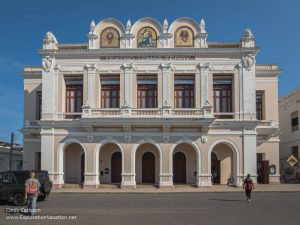
A 19th-century French settlement in Cuba with a range of interesting architecture, from neoclassical to deco and modern.
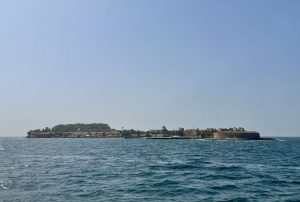
A former slave-trading center near Dakar, now a place of remembrance.
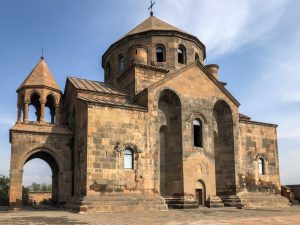
Several very early Christian churches that were influential in the development of early Armenian church architecture.
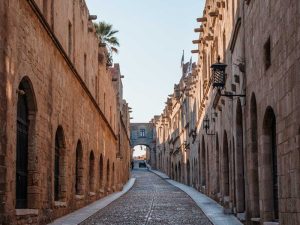
A well-preserved medieval city with complete fortifications, built largely by Crusaders, with elements of Gothic, Byzantine and Ottoman architecture as well.
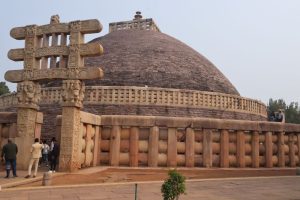
A collection of stupas, temples and monasteries that make up the earliest Buddhist sanctuary in the world.
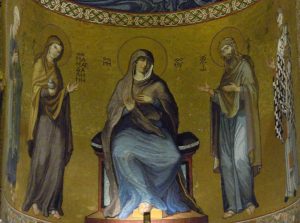
Sicilian landmarks that showcase a blend of Arab, Norman and Byzantine influences in art and architecture.
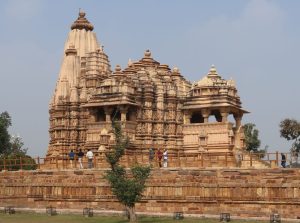
Twenty-two 11th-century temples of the Chandela period, covered in exceptionally accomplished figurative stonework.
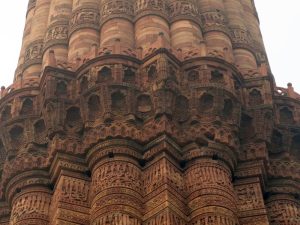
Remnants of early Islamic India, including Northern India’s oldest mosque and a minaret that is the highest stone structure in India.
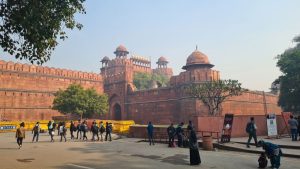
An outstanding example of Mughal architecture on a grand scale, with later British colonial additions.
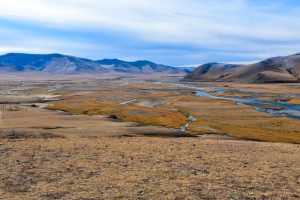
A huge region of beautiful landscapes and archaeological sites, important in the history of the Mongol Empire as well as the Uighur people.
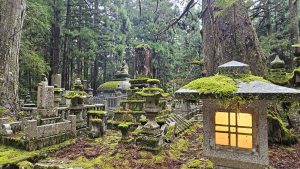
A collection of spiritually and culturally important pilgrimage sites that blend Buddhist and Shinto traditions in a natural environment.
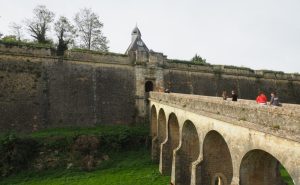
12 sites designed for Louis XIV by the innovative military engineer Sebastien de Vauban in the late 17th-18th centuries.
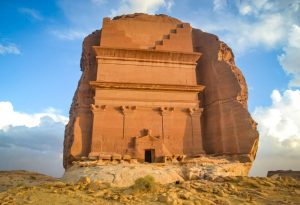
An ancient Nabatean town with a number of massive rock-cut tombs from the 1st century AD.
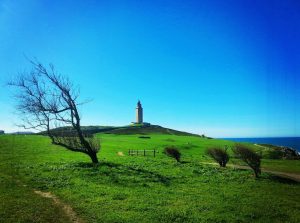
The oldest known intact lighthouse in the world, built by the Romans in the 1st century AD.
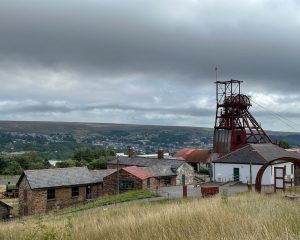
An important coal mining and iron production region in the Industrial Revolution.

A well-preserved and lively historical quarter that shows the influences of both Arab and Andalusian culture on its art and architecture.
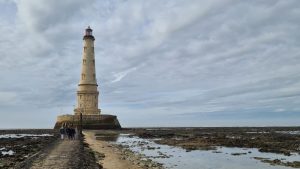
A grandiose 17th-century lighthouse meant both for navigation and for projecting an image of royal power.
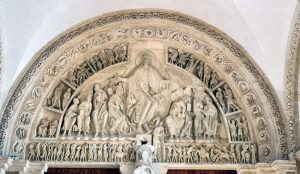
A Romanesque masterpiece and the charming village around it, historically significant in terms of medieval Christianity.
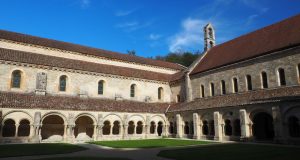
A monastic community whose ideals of poverty and self-sufficiency are reflected in the structures they built.
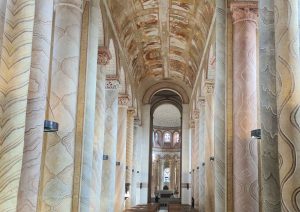
A Romanesque church painted with vivid murals dating to the 11th and 12th centuries, important in the study of medieval Christian art.
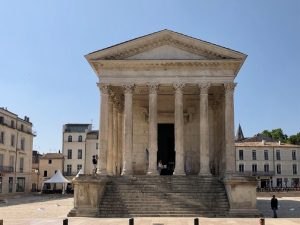
A well-preserved classical Roman temple from the 1st century AD, dedicated to the heirs of Emperor Augustus.
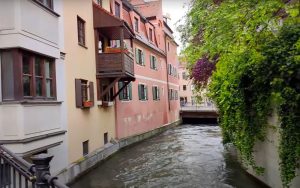
An innovative hydraulic system that has provided clean water and power to Augsburg for centuries.
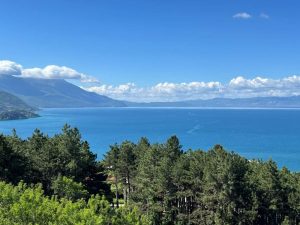
Of importance in terms of historical architecture and art, especially in churches, as well as for the unique ecosystem of the lake.

An 8th-century desert castle with unusual Umayyad-period frescoes.
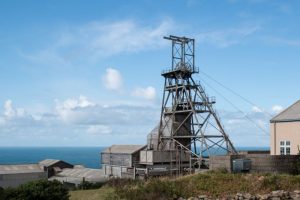
A landscape of tin and copper mines that played a significant role in the Industrial Revolution in the UK and the world.
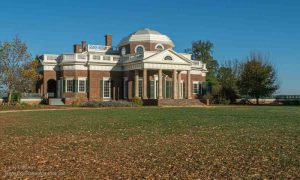
Two early and fine examples of Neoclassical architecture, designed by Thomas Jefferson, 3rd president of the US.
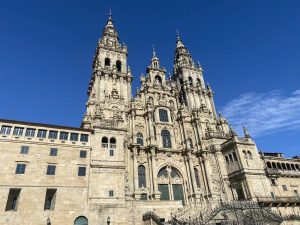
Christian holy city with a 1000-year history as the endpoint of pilgrimage routes across Spain and France.
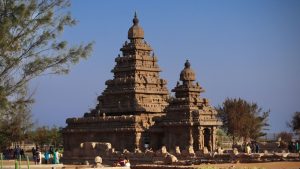
Caves, temples and sculptures that represent a unique testimony to the 6th-9th-century Pallavas civilization.
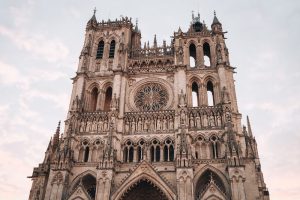
A 13th-century Gothic cathedral of extraordinary workmanship and beauty.

A grand 18th-century palace in an eclectic style, surrounded by grounds designed by Capability Brown. Also the birthplace of Winston Churchill.
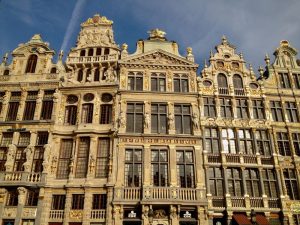
The central plaza in Brussels, surrounded by beautiful old guild houses, a Gothic city hall and other impressive historical architecture.

3 locations in Vanuatu related to a 17th century chief, significant as part of the oral history of the country and its chiefly tradition.
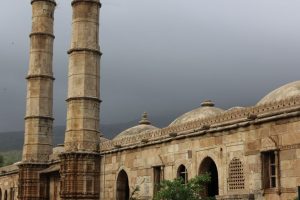
Twin sites with the remains of remarkable pre-Mughal architecture in Gujarat: mosques, tombs, stepwells and more.

Precisely-defined plots of land with distinct geological and climatic conditions that contribute to a centuries-old tradition of winemaking.

A Nazi extermination camp, now a place of remembrance of the atrocities committed by the Nazis in carrying out their so-called “Final Solution.”

A port city of opulent architecture, especially classical and neo-classical, and the center of a centuries-old wine-producing region.